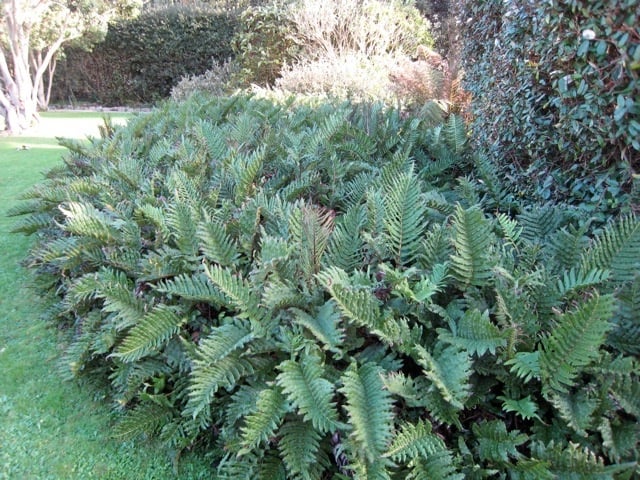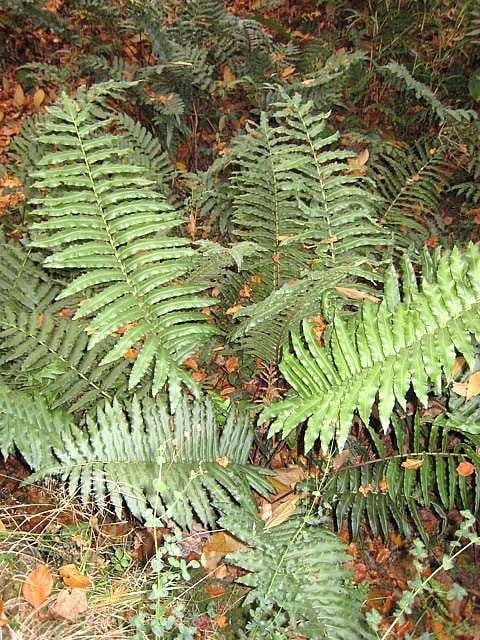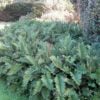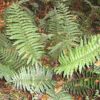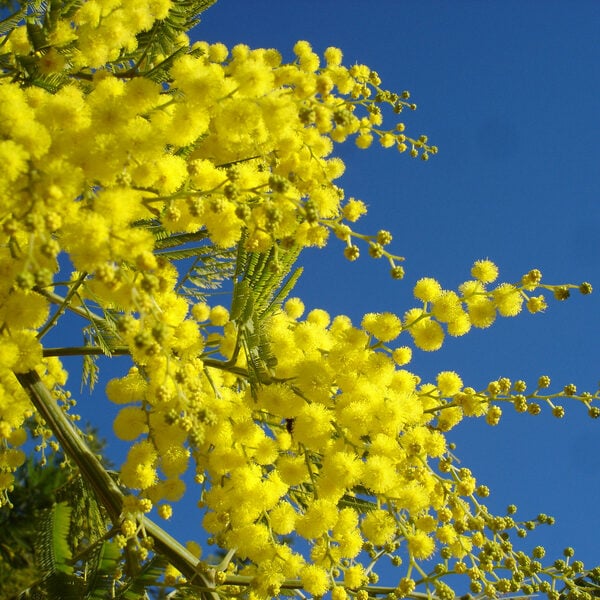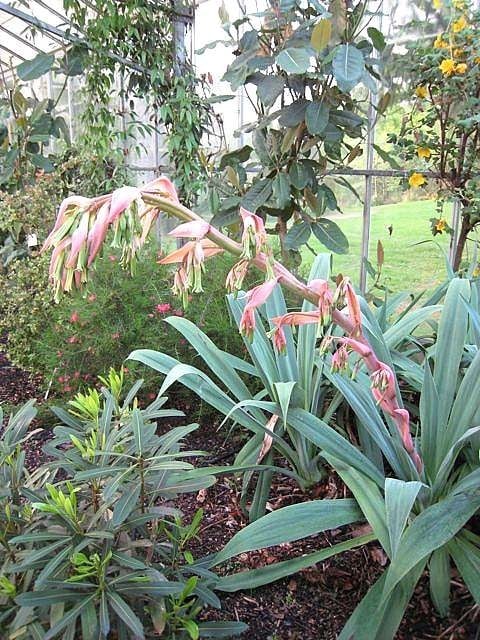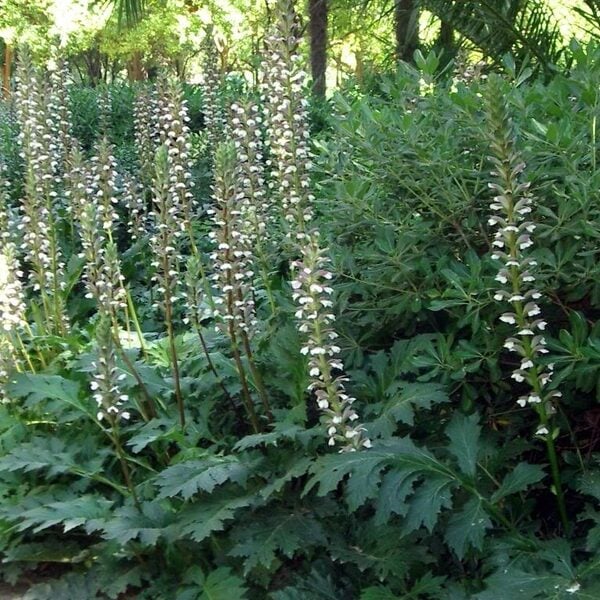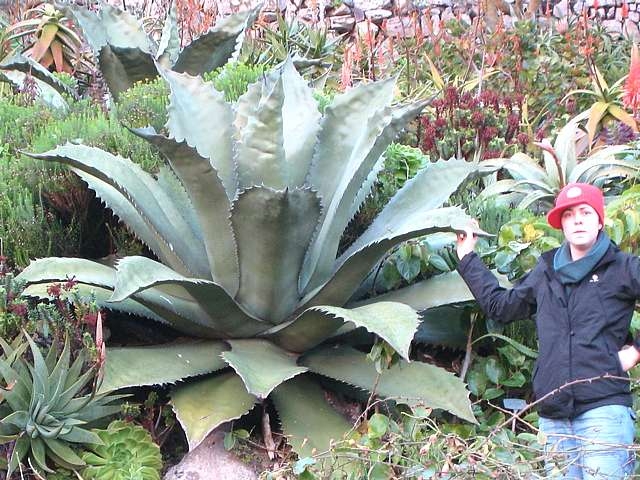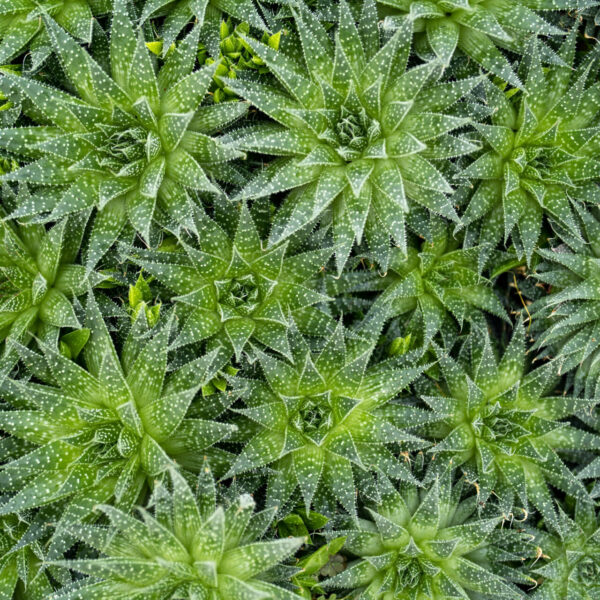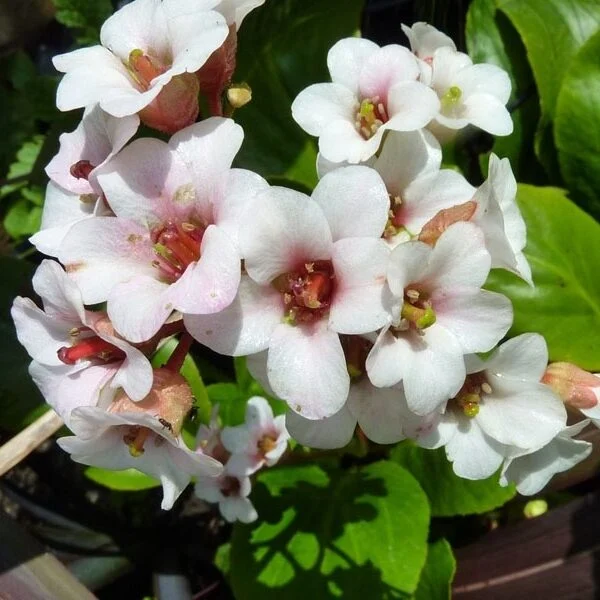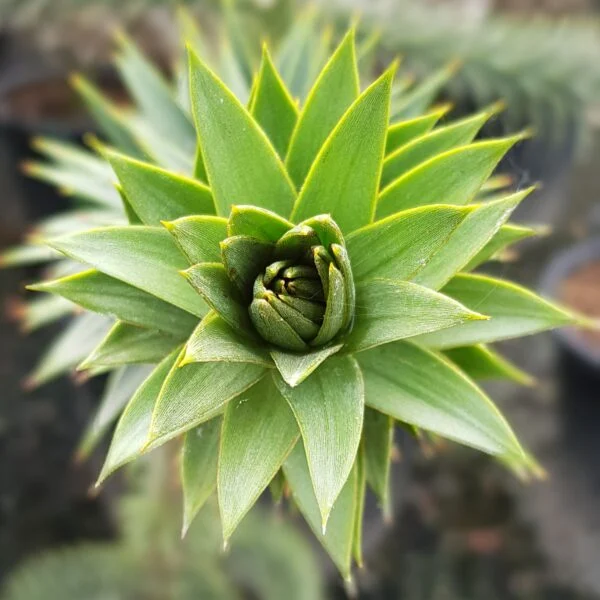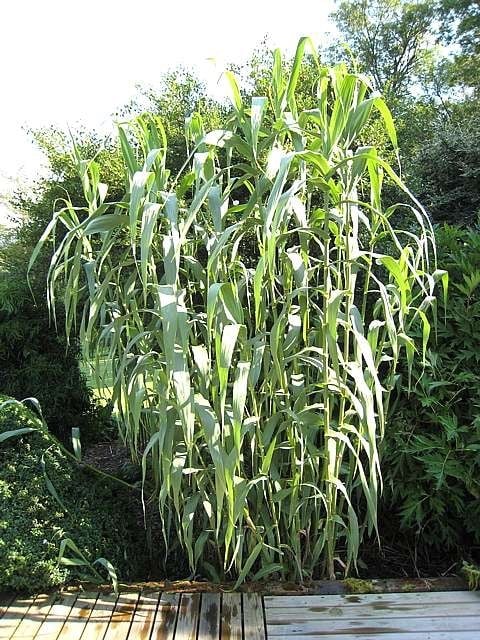Blechnum chilense (Seersucker Fern)
Evergreen drifts of big slightly crinkly fronds. Another plant that taxes one’s descriptive powers. An exotic and unusual fern from Chile. Can grow to 5ft in ideal conditions. Please contact us for stock availability and sizes.

Hardiness level Green
All ferns are a bit picky about the conditions in which they find themselves. It follows that the happier they are, the bigger they grow and this is universally true but in the case of this plant, the difference between the way it'll grow in adequate conditions as opposed to ideal conditions is dramatic - even to the point where you could be forgiven for failing to believe that 'that' plant and 'that' plant are the same plant. I first saw this at the bottom of Trebah garden right on the Helford river in south west Cornwall. It appeared to be Blechnum chilense but how could it be? The fronds were up to my shoulders. I assumed it was the mild climate and wanted to move to Cornwall. A few years later I saw the same plants the same size but this time at Rushlake Green in East Sussex. Huge they were. It turns out that this just happens to be that sort of plant. It looks perfectly nice on a bank in light woodland growing to 2ft tall in a great thicket. Give it the right soil (well drained with masses of organic content) and copious quantities of available water (not a bog though) and suddenly the fronds grow nearly 3 times the size. At its best, this is a mighty plant - especially if you're given to a bit of exotica.
This fern is evergreen in all but the coldest winters but it doesn't enjoy snow as it lands on the fronds and breaks the stems. Whatever the climate, always best to cut all the fronds to ground level in early March and then you have only this year's growth to look at. Much better. One of its most distinguished features is being a spreading ground cover sort of fern. It spreads by underground rhizomes. The familiar rosette of fronds seen on most ferns doesn't apply to Blechnum chilense. Call it a clump former.... When we started the nursery, we found most customers were faintly irritated by Latin names so - as many of our plants are rare in cultivation - they didn't have common names. When the mews was with us, we'd make them up. This is one : the crinkled texture reminded me of the seersucker counterpane I slept under when I was young.
If you have a new house and a new garden (especially in an area where clay predominates), the chances are that your garden has been 're-profiled' by the developers : clay compacted by heavy machinery, then covered in a few inches of topsoil. The process of turning this into a garden will be gradual and largely accomplished by your addition of organic mulch, the bacteria that breakdown the mulch and the worms that assimilate the broken down mulch into the ground. This is a part of the process of creating soil. If this is the starting point, there are lots of things that will establish and begin the process but unfortunately, ferns are not one of them. Either grow them in a pot or wait for a few years. Ferns are fuss pots and will only grow in good friable, well drained soil with lots of organic content.
Propagated by us from spores. The original plants were given to us by John Bond at the Savill Garden in 1988.
Additional Information |
|
|---|---|
| Soil Type | |
| Light | |
| Plant Type | |
| Continent of Origin | |
| Specialist Plants | |
| Situation | Coastal, Conservatories, Mild City Gardens, Plants for Pots, Sheltered Garden |
| Hardiness | |





